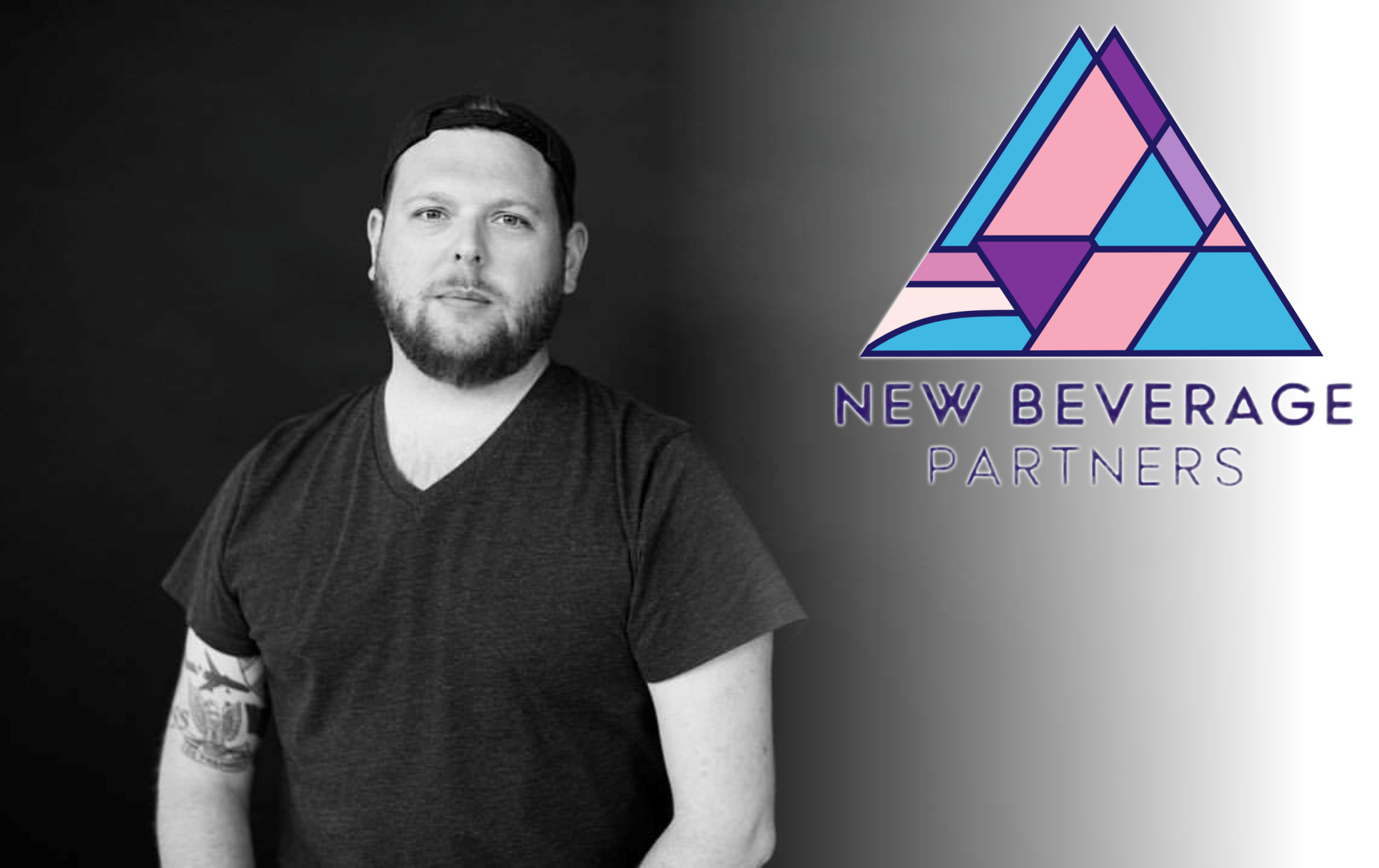The High-Road Cannabis Tax Credit offers businesses potential tax savings of $250,000 per year. However, cannabis entrepreneurs are finding the necessary qualifications difficult to meet. Issues surrounding the size of the business, the wages that qualify, and the benefits the business must provide its employees all create a barrier to entry that has many owners confused and frustrated.
Essentially, it’s important to keep these 5 key points in mind, each one of which may disqualify the taxpaying entity:
- Yearly gross revenue must be $5M and under (smaller operators)
- Type 10 retailer or type 12 micro licenses only
- Only wages between $23.25 per hour and $54.25 per hour
- Businesses must provide group health insurance
- Businesses must provide retirement benefits or pensions. (Cal Savers is specifically excluded by the state.)
Although the state is offering up to $250,000 of credit per year, there is a total cumulative amount available from the state of $20 million. Therefore, it’s on a first-come, first-served basis, and it’s important to register your business when the list opens on July 1st.1
Some cannabis retailers are looking at sponsoring a retirement plan for the first time so that they qualify for the HRCTC. The state lists the following types of plans as examples of qualifying plans:
- 401(a) – Qualified Plan (including profit-sharing plans and defined benefit plans)
- 401(k) plans (including multiple employer plans or pooled employer plans)
- 403(a) – Qualified Annuity Plan or 403(b) Tax-Sheltered Annuity Plan
- 408(k) – Simplified Employee Pension (SEP) plans
- 408(p) – Savings Incentive Match Plan for Employees of Small Employers (SIMPLE) IRA Plan
- Payroll deduction IRAs with automatic enrollment2
It’s important to get quality advice when setting up such a retirement plan for the first time, in order to minimize costs while confirming compliance with state requirements. For those who are moving forward with the HRCTC, here are more details on the program.
The High-Road Cannabis Tax Credit in Depth:
The HRCTC is available for tax years beginning January 1, 2023, through December 31, 2027. Taxpayers conducting a qualified cannabis business may receive a tax credit of 25% of their qualified expenditures in the taxable year, up to a maximum of $250,000 of credit per year. The total cumulative amount available from the state for the HRCTC is $20 million.
This is a non-refundable tax credit, which means that the credit can’t be used to increase your tax refund or to create a tax refund when you wouldn’t have already had one. In other words, your savings cannot exceed the amount of tax you owe.3
The FTB defines a qualified taxpayer as being a retailer or micro-business that provides full-time employees with all of the following: wages, group health insurance, and retirement or pension benefits. Also, employees must be salaried or work at least 35 hours per week and must be paid no less than 150% but no more than 350% of the state minimum wage, which as of this writing stands at $15.50 per hour.4 This means that employees must be paid at least $23.25 per hour, but not more than $54.25 per hour. For the purposes of this calculation, wages may include amounts paid by the employer for group health insurance, childcare benefits, and employer contributions to retirement or pension plans.
In addition to the above-listed wages and wage-related expenditures, the HRCTC also authorizes the 25% credit on payments for safety-related equipment, training and services, and labor-management training programs. The FTB states that qualified taxpayers must request a tentative credit reservation for each taxable year during the month of July of the taxable year (or within 30 days of the start of their taxable year if it begins after July). The HRCTC credit reservation must be submitted yearly and online — the link will be available from July 1, 2023, at this web page:
https://www.ftb.ca.gov/file/business/industries/high-road-cannabis-tax-credit.html#tentative-credit.
In summary:
The requirements for the HRCTC are specific and eliminate many retail cannabis establishments. However, if you can qualify, it’s important to remember to register on July 1st of each year, or as soon as possible after that date, as the total tax credits budgeted by the state for all cannabis businesses are only $20 million.




































